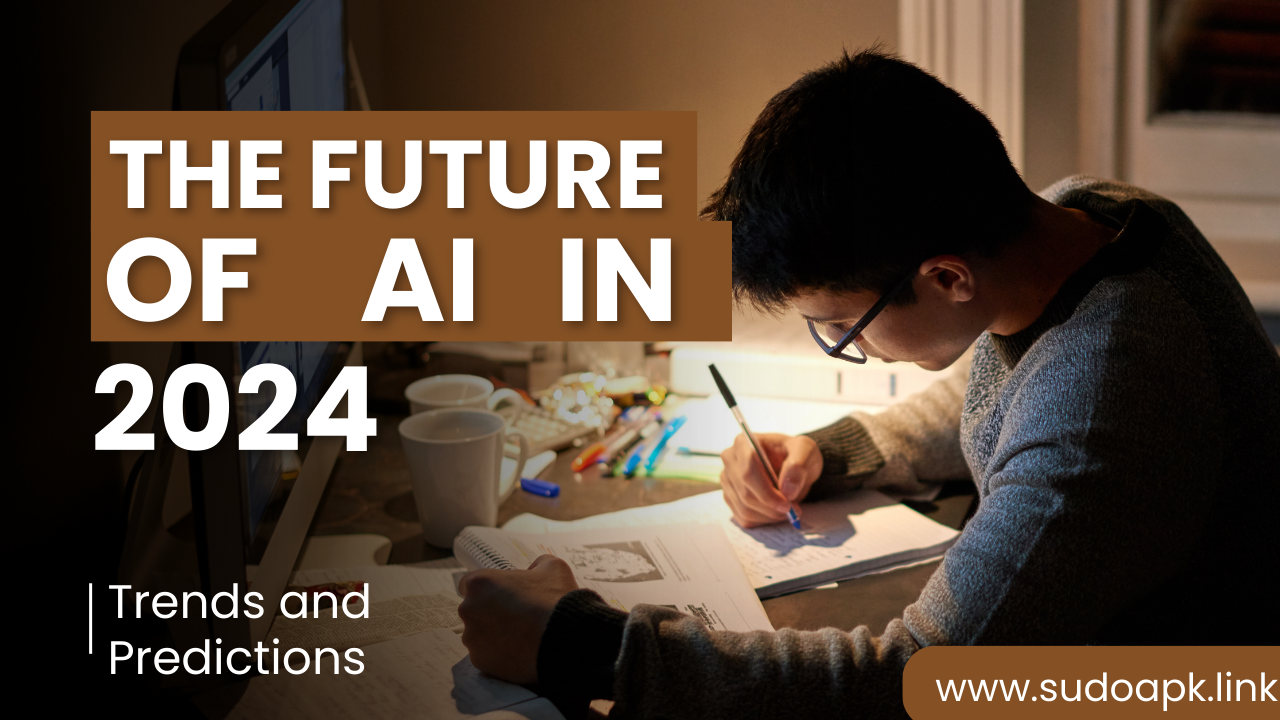

The Future of Artificial Intelligence in 2024: Trends and Predictions
Artificial intelligence (AI) has seen tremendous advances in recent years, with systems capable of matching or surpassing human-level performance on complex tasks like language translation, game playing, and diagnostics. As we approach 2024, AI is poised to become even more capable, widespread, and impactful across industries.
The Rise of AI Post-Pandemic
The COVID-19 pandemic disrupted economies and accelerated digital adoption globally. With remote work and operations becoming the norm, companies have focused more on automating processes using AI to stay productive and cut costs. The pandemic necessity has made businesses and consumers more open to AI than before.
As the world opens fully post-pandemic in 2024, AI adoption across verticals like healthcare, education, finance, transportation, and governance is expected to soar. Al and machine learning, the key pillars of AI, will become indispensable from enabling personalized learning to managing supply chains. Let's look at some key AI trends in 2024.
Key Trends Driving AI in 2024
1. The Demise of Narrow AI
Earlier AI models were narrow in scope - they could carry out a single repetitive task very well but faltered outside their domain. With advances like transfer learning and transformers, AI models today can be trained on diverse multi-modal data to develop broad competencies spanning multiple domains.
By 2024, capabilities from different narrow AI models will be consolidated into unified models like Google's Pathways and Anthropic's Claude to deliver general intelligence across text, voice, and vision. Claude showcases how 2024 AI models will combine reasoning, common sense, creativity, and versatility at scale.
2. The Rise of Responsible AI
With growing reliance on AI, questions around ethics, interpretability, bias, and transparency have become more important. There have been troubling episodes where AI systems displayed ethically questionable behavior like racial or gender bias which led to backlash.
In 2024, we expect developers to place safeguards while constructing models itself to restrict undesirable behavior. Groups like Anthropic and RAIN are pioneering constitutional AI techniques so models align with human values by design. Such initiatives will drive responsible AI forward.
3. AI for Scientific Discovery
AI has proven hugely effective at accelerating materials, chemical, and drug discovery by filtering vast search spaces that humans cannot analyze. In 2021, DeepMind's AlphaFold astonished researchers by predicting complex protein structures accurately.
By 2024, transforming such narrow chemistry/biology models into general AI assistants that guide human scientists through the entire scientific method will be possible. Scientists across fields will increasingly 'collaborate with AI' to make new discoveries faster.
4. The Crucial Role of Compute and Data
Architectures like transformers that led to breakthroughs like GPT-3 need massive data and compute for training. In 2024, the race for data and compute superiority will decide leadership as training is equally important as model design.
Compute access will expand from leveraging consumer devices to more companies building dedicated AI supercomputers like Anthropic's Thinkarium. Simultaneously, using AI itself to generate/label quality data and identifying value in unlabeled data will gain traction.
5. Deployment and Integration Challenges with AI
Many companies today are still struggling to deploy AI solutions built as pilots into production because real-world environments differ vastly from lab conditions. MLOps or DevOps for AI is gaining importance to track experiments, facilitate retraining with new data, and manage testing rigorously.
In 2024, packaged solutions will emerge around MLOps and ModelOps lifecycle needs to ease AI deployment across edges like self-driving trucks, retail analytics, and combat robots. Architectures will support portable models that update safely like software does delivering continuous AI improvement.
6. Geopolitical AI Competition
With global superpowers increasingly funding AI for economic and military supremacy, global governance frameworks on acceptable AI use are indispensable. Efforts like the OECD AI Principles and IEEE's Ethical Aligned Design standards will evolve into adoption frameworks.
Multilateral accords will arise in 2024 between democratic countries to share best practices and cooperate on AI priorities. Global standards will also emerge around data privacy, algorithmic transparency, automation's impact on jobs, and regulation of applications like facial recognition.
7. Mainstream Adoption Across Industries
AI adoption in 2024 will accelerate across areas where AI techniques have demonstrated clear ROI - dynamic pricing, predictive maintenance, supply/demand forecasting, personalized recommendations, and operational automation.
Industries will move AI from experimental to integral by making data and processes AI-ready. With COVID having spurred digitization, AI will penetrate emerging spaces like smart cities and digital health according to sectors' maturity. Many manual tasks will be handed over to AI assistants and bots.
Key AI Predictions for 2024
Based on the trends outlined earlier, here are some specific AI-related developments we expect to unfold by 2024:
1. The World's Most Capable General AI Assistant
Increasingly sophisticated models like Claude and GPT-4 will achieve common sense reasoning on par with humans. We anticipate anthropic developing Claude into the world's most versatile, helpful, harmless, and honest AI assistant by 2024. Claude exhibits abilities like summarizing complex books accurately and admitting knowledge gaps that mark a generational leap.
2. AI Regulation Takes Off in Many Countries
Detailed frameworks on acceptable AI use cases, transparency and bias prevention obligations, controls over stored personal data, and protections against deep fakes will be enacted. Regulation complexity will demand AI governance teams inside corporations and dedicated legal tracks for AI practitioners given rising compliance expectations.
3. Over 50% of Companies Adopt MLOps
The success of early MLOps adopters using CI/CD-style version control, experiment tracking, and model monitoring will convince more companies to ensure their ML models remain valuable in dynamic business environments. Automating parts of MLOps will emerge by leveraging NLP, collaborative filtering, and analytics.
4. Rise of AI Hardware Startups
Dedicated AI chips and platforms from incumbents will face competition from various startups bringing specialized hardware innovations targeted at edge environments, speeding up tensor processing/model training or minimizing power consumption through approaches like neuromorphic computing.
5. Transformers Achieve Over 90% Accuracy
By combining scaling laws distilled from ample biology, physics, and social science data with causality, transformers will break free of curve fitting tendencies to become robust learners. Models like GPT-5 will answer questions correctly over 90% of time time, backed by logical explanations on par with human quality.
6. AI Augments 80% of Detrimental Jobs
Heavy automation inducing long-term job losses has galvanized governments and academia to make rapid strides with AI-based solutions supporting disadvantaged workers. Re-skilling, collaborative intelligence, worker wellness and job transition support will transform sentiments around AI from fear to cautious optimism.
7. Emergence of Industrial Research AI
Drawing inspiration from DeepMind's AlphaFold, AI models specialized at accelerating discoveries relevant to verticals like manufacturing, healthcare, energy or agriculture will emerge. Tedious laboratory processes will transform by integrating AI to guide hypotheses, experimentation, and knowledge discovery leading to multi-fold efficiency gains.
These predictions paint an exciting picture of AI's future based on today's rapid innovations. But progress also brings an obligation towards social good. By keeping AI aligned with ethics and human values, we can ensure it uplifts quality of life universally while mitigating risks like inequity or breakdowns. Responsible development backed by collaborative governance and interdisciplinary expertise will enable enjoying AI's benefits today and in 2024.
The Road Ahead for AI in 2024
As AI capabilities grow tremendously by integrating discoveries across fields like neuroscience, quantum computing, nanotechnology and genetics, we need to guide its impact thoughtfully. Solving global priorities around sustainability, healthcare access or education calls for both courage and compassion from AI developers.
Social acceptance matters too as AI changes how we work, live and perceive our world by augmenting human abilities seamlessly. By keeping people at the center but empowering them tremendously through human-AI collaboration, we can create abundance for all. As AI progresses, maintaining public trust through radical transparency and safety will enable its smooth adoption.
Overall the future looks promising for AI in 2024 across applications like personal assistants, drug discovery processes and smart cities. We hope these trends and predictions provide a comprehensive overview of where AI is headed in the near term and spark thoughtful conversations around wielding its power judiciously for the collective good.
Frequently Asked Questions (FAQs)
Q: How will AI regulation evolve by 2024?
A: Many democratic countries will establish common minimum guidelines around reliability, transparency, bias prevention and privacy for AI systems. Stringent accountability and compliance structures will arise requiring dedicated AI governance teams and data/model audit processes.
Q: What competitive approaches will challenge Big Tech in AI?
A: Specialized AI hardware startups, open ecosystems around foundation models allowing customization and vertical AI accelerating materials/drug discovery through causal learning methods will mount competition. Democratizing access will benefit innovation.
Q: How will less data-rich countries participate in the AI revolution?
A: Multilateral collaborations around open datasets, shared compute resources and model governance will help narrow the data divide. Precision agriculture, public health analytics, climate modeling and smart cities pack huge value without requiring population-scale data access.
Q: What policy interventions can safeguard jobs amidst increasing automation?
A: Short-term needs like transitional support, re-skilling workers and wellness networks will help cope with job transitions driven by automation. Long-term rethinking of education and economic models to distribute prosperity equitably should become priorities too.
Q: Which applications will drive AI adoption across sectors?
A: Personalization to improve customer experience, predictive maintenance minimizing downtime costs, operational automation in manufacturing, dynamic pricing, fraud analytics, inventory optimization using demand forecasting and prescription intelligence for doctors will gain traction.
Popular articles
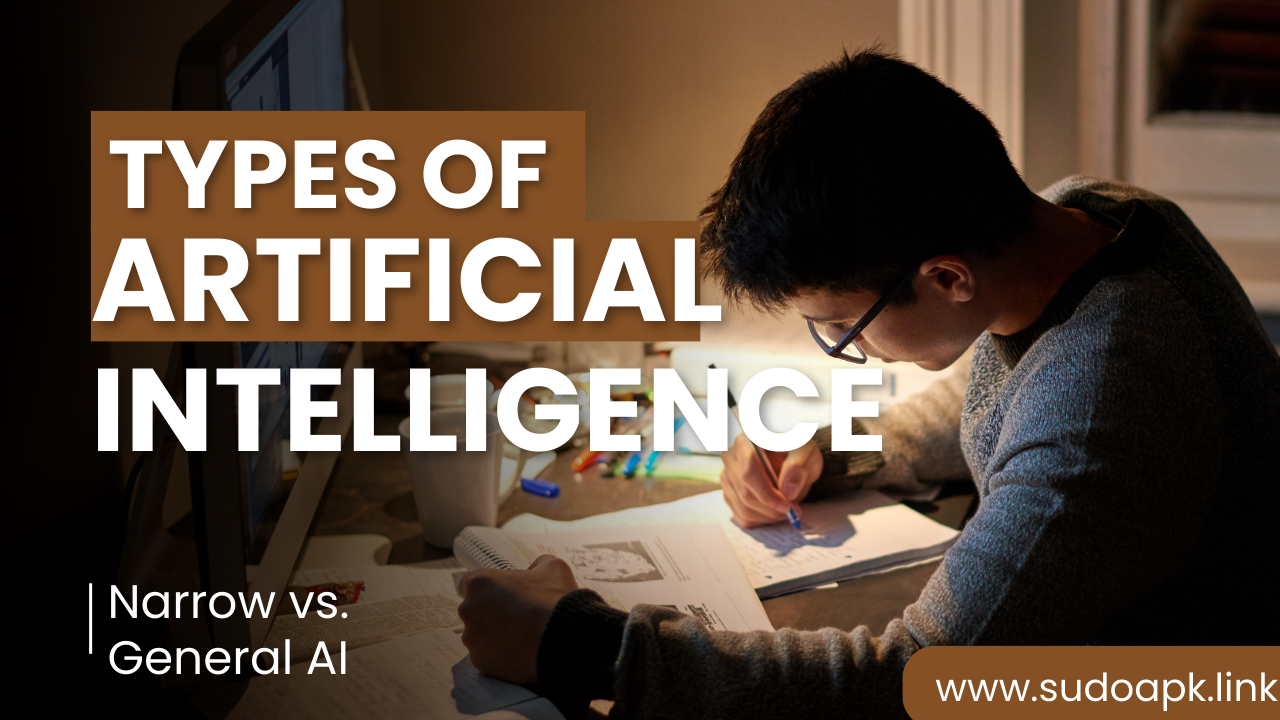
Dec 31, 2023 07:04 AM
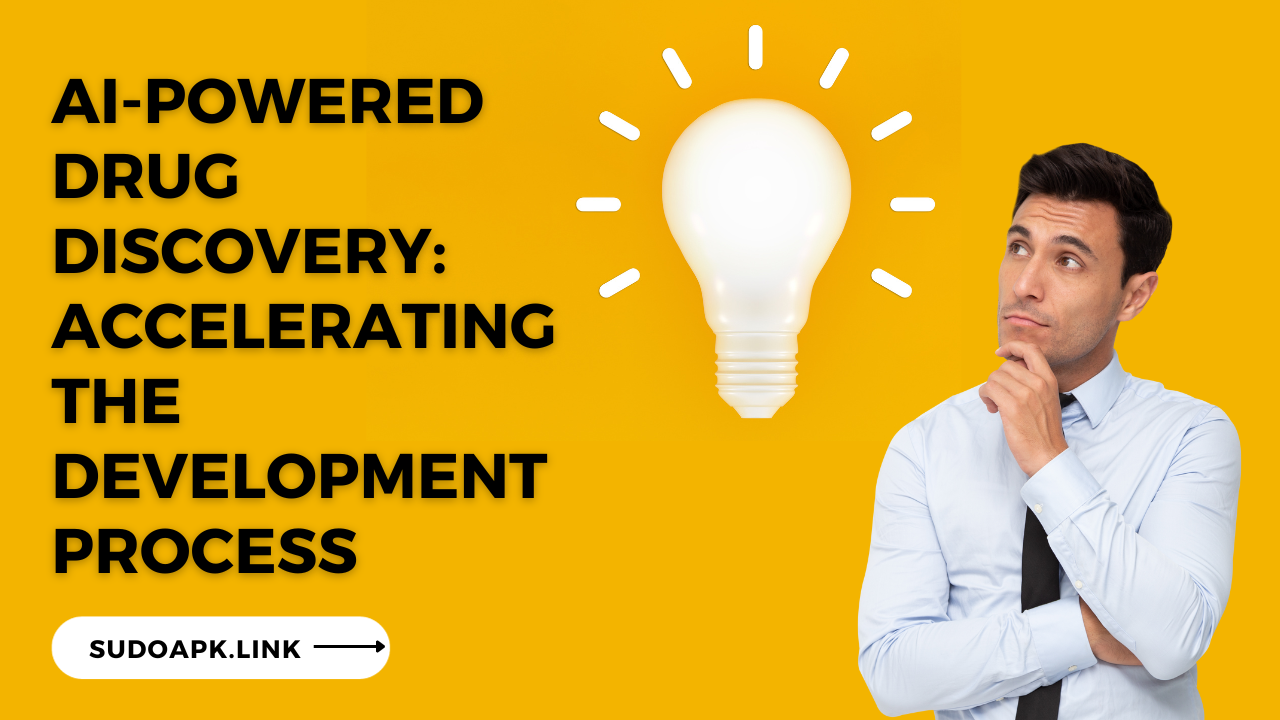
Jan 06, 2024 06:56 AM
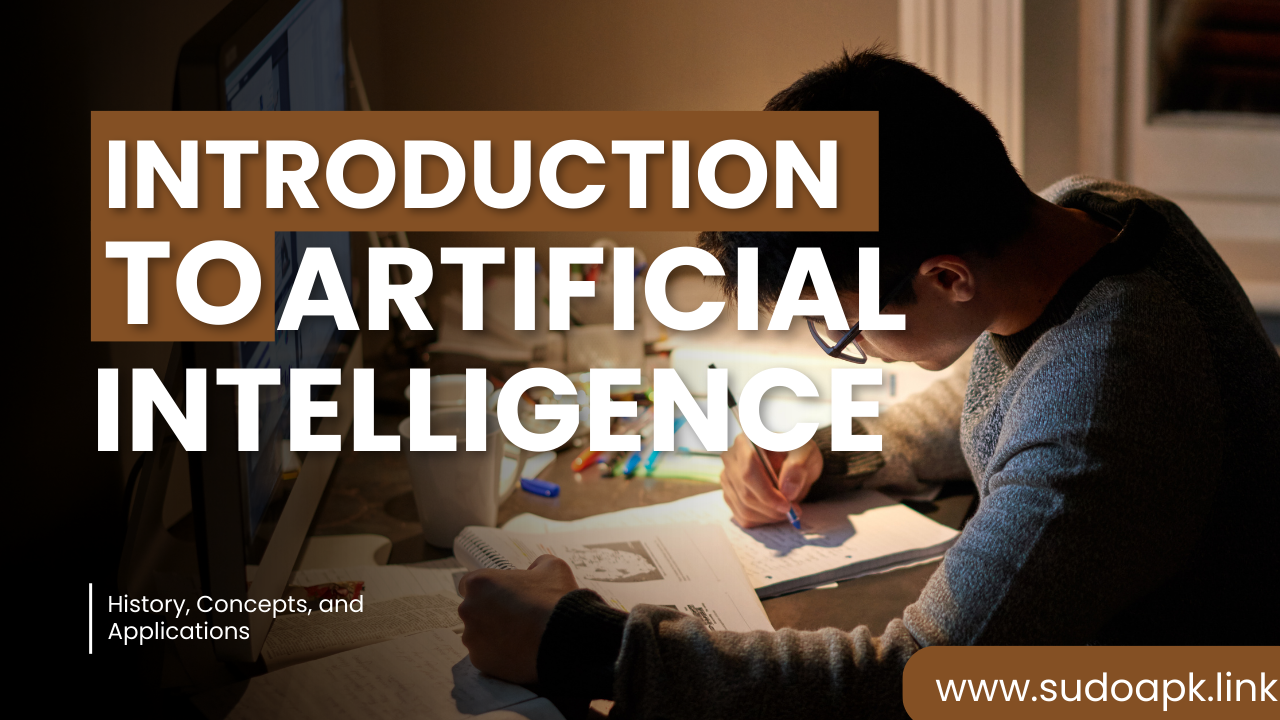
Dec 31, 2023 06:48 AM
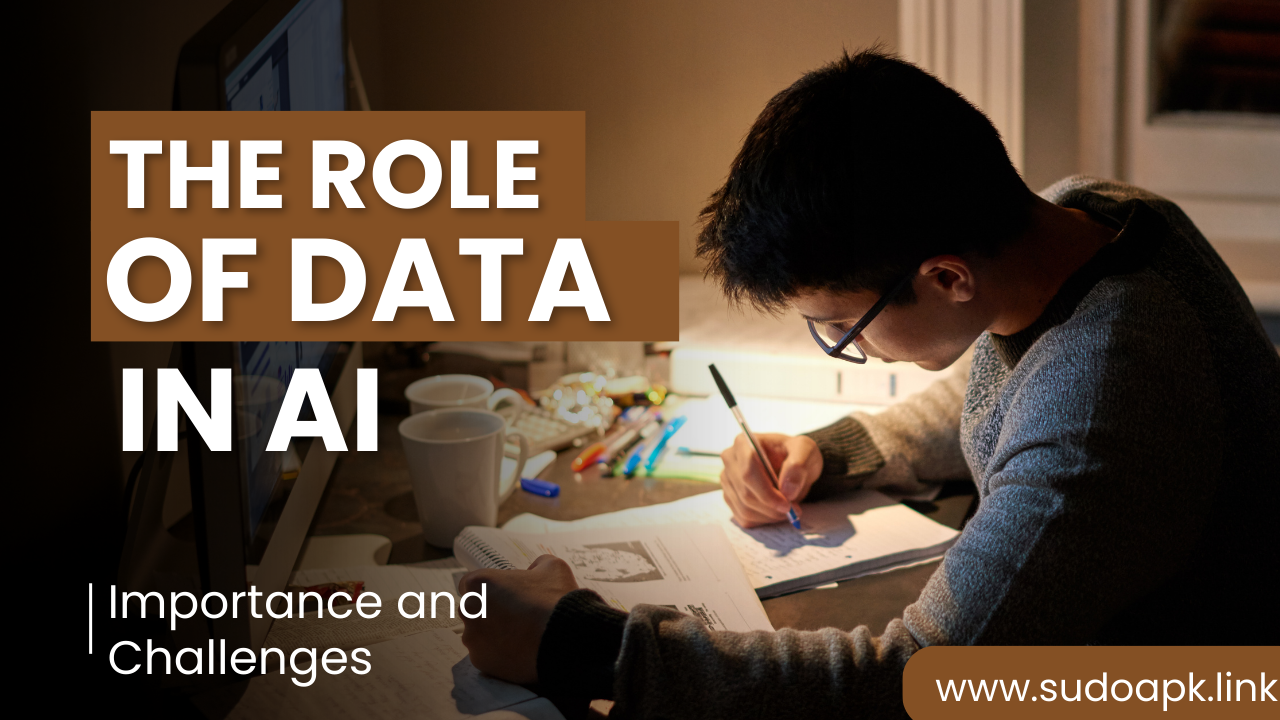
Dec 31, 2023 07:22 AM
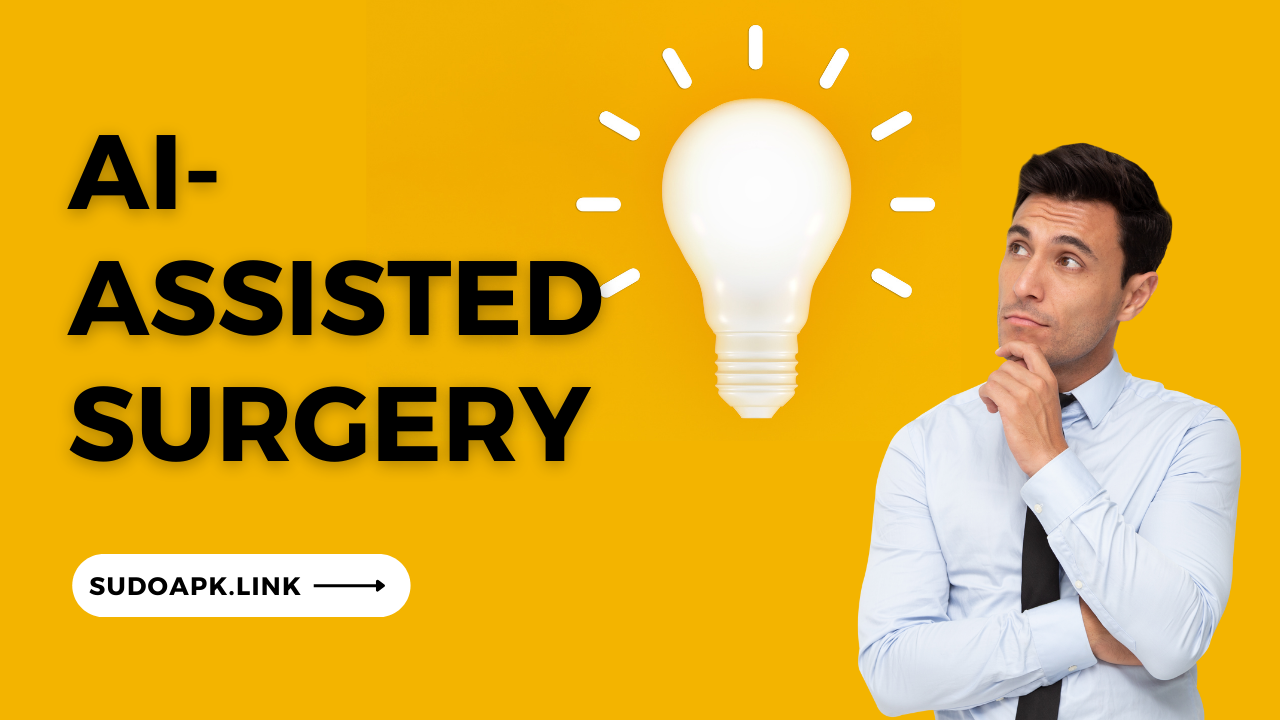
Jan 01, 2024 09:54 PM
Comments (0)